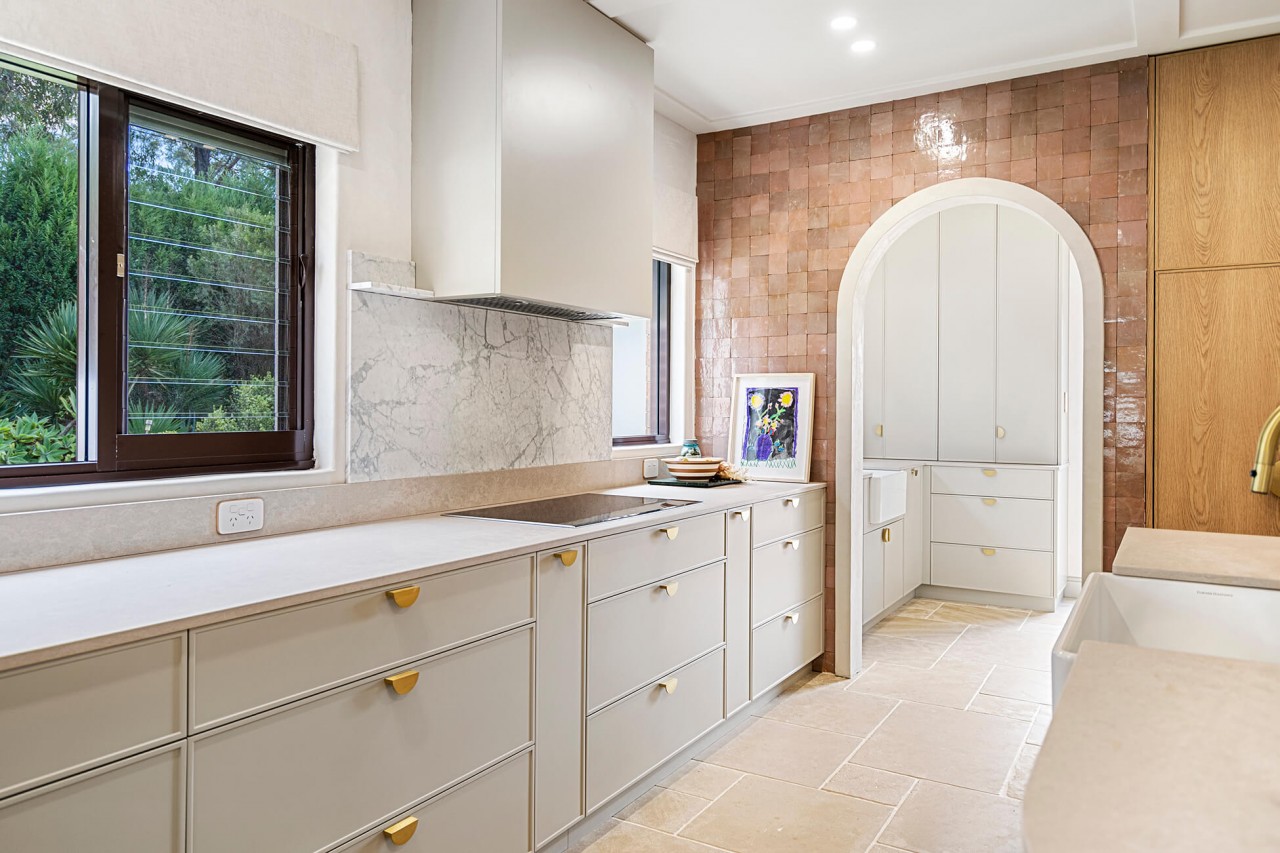There are many options of sinks on the market today. When purchasing a new sink for your kitchen there is much to consider. Next to style and functionality, material is one of the most important considerations. This article will break down the differences between fine fireclay and granite composite.
What is Fine Fireclay?
Fine Fireclay is a a 100% natural organic and recyclable material used by craftsmen. The sinks are fired to temperatures that reach 1200°C until the clay transforms into a durable, impact-resistant dense material. The special glaze coating that is fused with the fireclay body during firing gives fireclay sinks a nonporous easy to clean, uniform surface that will not rust or stain over time and is highly resistant to scratches. This makes it less fragile and brittle than standard ceramic, and therefore much more resistant to impact.
Fireclay sinks are mostly chosen because of their authentic beauty, and ease of cleaning. Often their large size makes them very practical too. Fine fireclay sinks are particularly popular in farmhouse, Hamptons and coastal style kitchens.
Pros of Fine Fireclay
- Easy to clean (Especially white is easier to clean than white composite sinks)
- Very impact resistant
- Non-porous, therefore stain proof
- High temperature tolerance
- Matte black fireclay is a true deep black
Cons of Fine Fireclay
- Higher cost than stainless steel
- Can show metal marks (which can be cleaned off)
- Less colour options
What is Composite Granite?
Granite or Quartz composite sinks are made different ratios of granite stone dust or quartz stone dust, and acrylic resin. They have emerged in the market with people wanting black, white or grey sinks rather than metal finish sink.
High-quality granite composite forms a durable material that is non-porous and durable. Natural granite sinks are carved directly from granite stone as a full, seamless sink or one side at a time that are bonded together.
- Looks more upmarket than stainless
- Good variety of colours, sizes, and shapes
- The reputable brands models have a high temperature tolerance
- Look of natural stone at a fraction of the price
Cons of Composite Granite
- Can chip easily
- Shows water marks and stains
- White is particularly hard to keep clean due to rough finish
- Higher cost than stainless steel
- The colour of the sink can look washed out/faded over time with use
In conclusion, if you would like a cost effective coloured sink you might want to look into the granite sink ranges. If you are looking for an easy to clean, premium material you would want to look into a fine fireclay sink.
We hope that gives you an insight into the features and benefits of each type of material. If fine fireclay sounds like the material for you, read on to learn about Turner Hastings fine fireclay sinks.
Turner Hastings fine fireclay sinks are handcrafted in leading fireclay workshops and artisan studios throughout Europe. No Turner Hastings Fireclay sinks are made in China. For peace of mind, Turner Hastings offers a lifetime warranty on the fine fireclay sinks. Rest assured knowing the warranty covers any production and material defects.
Turner Hastings also has an industry leading guarantee, the 365 Days Transit Guarantee. If there is an unlikely breakage in transit, we will replace the product free of charge within 365 days.
View our range of fine fireclay sinks here
Learning Centre
-
Blog Article
-
- Sinks
- Kitchen
- Buying Guide



